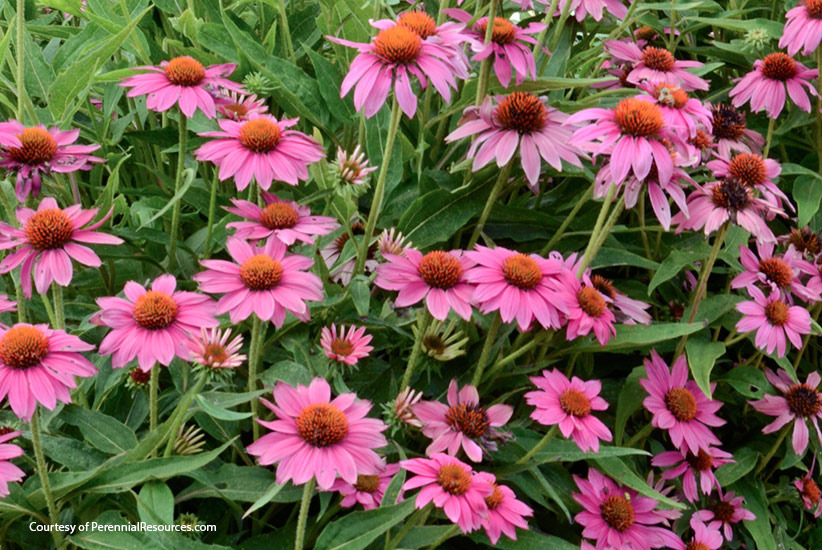
Freely self-seeds if at least some of the seed heads are left in place. Plants usually re-bloom without deadheading, however prompt removal of spent flowers improves general appearance. The spiny center and the aroma of the plant generally render it unpalatable to a picky deer. An adaptable plant that is tolerant of drought, heat, humidity and poor soil. The University of Vermont Extension System lists coneflowers as deer-resistant plants.
#PURPLE CONEFLOWER DEER RESISTANT FULL#
The dead flower stems will remain erect well into the winter, and if flower heads are not removed, the blackened cones may be visited by goldfinches or other birds that feed on the seeds.Įasily grown in average, dry to medium, well-drained soil in full sun to part shade. Also, is Echinacea deer resistant Grow deer resistant. Echinacea can occasionally be attacked by Japanese beetles, rootworms, aphids, caterpillars, eriophyids, or tent larvae. It will bloom throughout summer atop stiff stems clad with coarse, ovate to broad-lanceolate, dark green leaves. Also, which animals eat coneflowers In the garden, deer and other grazing animals will eat the young echinacea plants but usually avoid mature plants unless desperate.

Blooms appear June-September and some Purple Coneflowers may re-bloom in the fall.

They are much-loved by bees and is a host plant for the Ottoe Skipper. The flowers are a golden red to purple and may release a slight fragrance in strong sunlight. Purple Coneflower, is a coarse, rough-hairy, herbaceous perennial that is native to moist prairies, meadows and open woods. Plants like coneflower, rudbeckia, lilac, or ornamental grasses have less moisture in their foliage and dont suit a deers tastes, thus they are less likely to.

It is a drought-tolerant perennial that is also deer resistant. A prairie classic! Purple Coneflower (Echinacea purpurea) has a fibrous root system with short woody rhizomes.


 0 kommentar(er)
0 kommentar(er)
